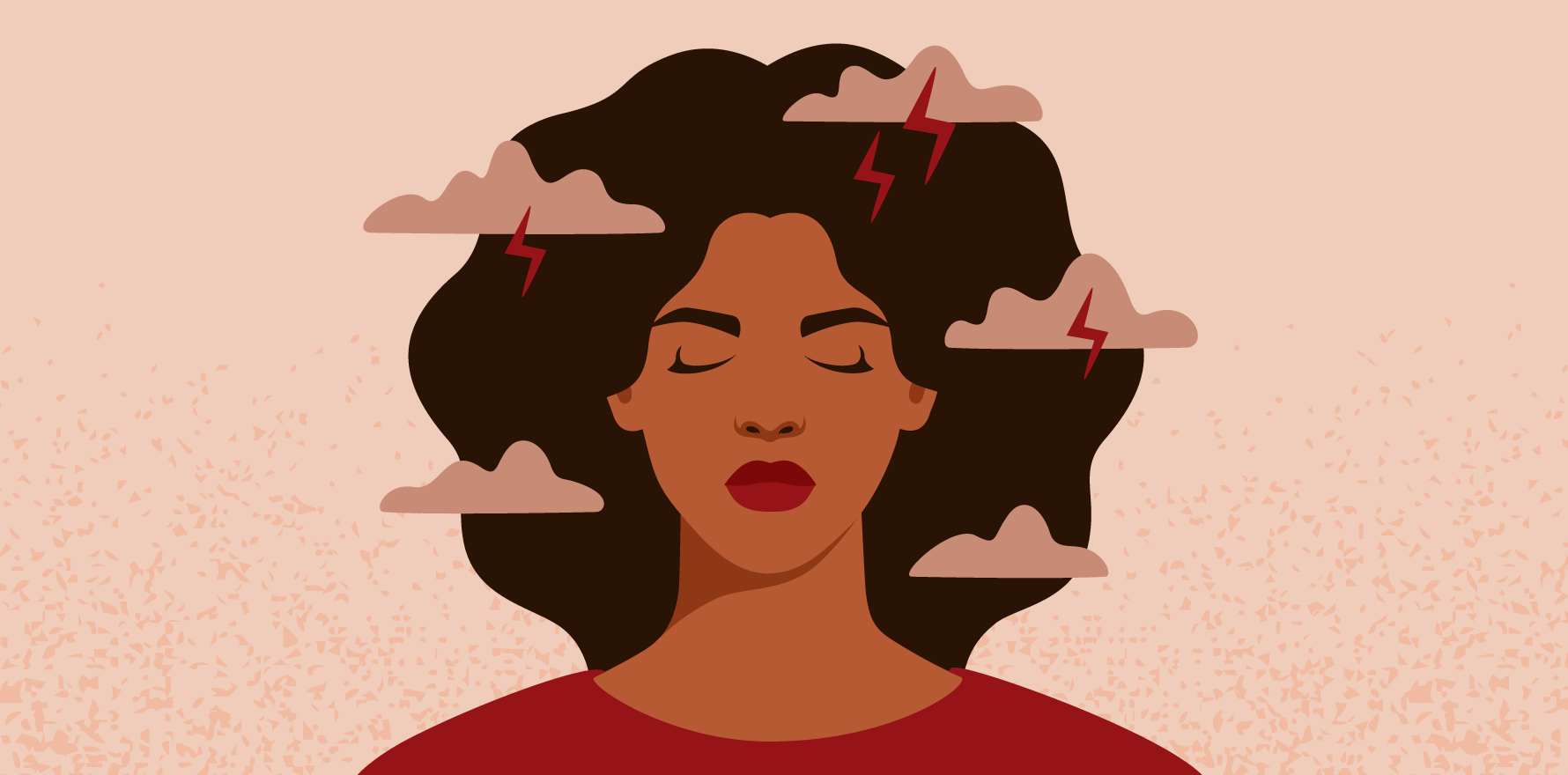Conventional pain measurement scales neglect the impact of cultural factors on pain perception and management, according to research presented at #ARA22.
The impact of cultural factors on pain perception and management is not represented in conventional pain measurement scales, according to research presented by Dr Manasi Murthy Mittinty at the ARA Annual Scientific Meeting.
“It’s critical to address cultural differences into the diagnosis and management of pain. Conventional pain scales have only been tested for Caucasian populations and do not capture the significant influence of spirituality and chronic harm,” said Dr Mittinty, clinician and pain scientist from the Royal North Shore Hospital, Sydney.
Dr Mittinty’s research on conceptualisation of pain by Aboriginal and Torres Strait Islander peoples revealed that it is embedded in a psycho-socio-spiritual context that is core to perceptions of health and wellbeing in Indigenous Australian communities.
The research, which was published in the Scandinavian Journal of Pain, revealed that some experiences of pain by Indigenous people are unique. These perceptions of pain incorporate factors such as spiritual connection with pain, grief and loss, history of trauma and injury, fear of addiction to pain medication and exposure to pain from early childhood.
Dr Mittinty spoke with Rheumatology Republic about the complexities of pain perception in the participants she interviewed.
“We have a community with a high level of trauma and injuries and we also know that there has been great loss in the community. They have been carrying this intergenerational trauma for ages,” Dr Mittinty said.
The inability to understand or measure these psychological and spiritual contributions to pain have perhaps been a barrier to proper pain support for Indigenous people, according to Dr Mittinty.
“Not having tools to support their loss, grief and feelings of loss of control challenges managing pain in Indigenous people. I think the lack of appropriate measures may be an underlying reason why report of pain from Indigenous Australian perspective is missing,” she said.
Dr Mittinty’s journey researching pain started several years ago in India. She completed a PhD on chronic musculoskeletal pain with an interest in underprivileged communities, but when she moved to Australia she was unable to find similar research for Australia’s First Nations peoples.
“I thought, I’m probably not doing a good literature search, because I couldn’t identify any studies. But when I dug deep there was no research there. I spoke to a few people and they didn’t know of any research either,” she said.
That’s when she met Associate Professor Lisa Jamieson, from the University of Adelaide, who had long standing relationships with Aboriginal and Torres Strait Islander peoples in South Australia. Professor Jamieson invited Dr Mittinty to create a health project on how Indigenous people experience and perceive pain.
Dr Mittinty said the research shifted her perspective and revealed that there is much to learn from Indigenous ways of perceiving and managing pain.
“I feel very fortunate to have spoken with some of the elders and to have heard some of their stories. It’s rare to see such resilience and bravery. It gives you a perspective that there’s a lot more struggle out there. So, what you’re dealing with personally may not be such not a big thing,” she said.
Dr Mittinty said that participants wanted to be pain free and to lead a fuller life. She said that pain management approaches should include traditional healing methods such as yarning circles. Distraction was also cited by participants as a way to manage pain, with benefits found in music, visiting elders, sleeping and doing housework.
Prior to this Australian research, Dr Mittinty did post-doctoral research at West Virginia University USA, where she worked alongside Professor Dan McNeil and the First Nations Appalachian community. She identified some commonalities between her research with Indigenous people in Australia and the USA and her early research in India.
“There’s a lot more connectivity to spirituality when you experience grief or you experience any chronic condition. And I think that’s a uniform thread also coming from India which is a very culturally rich nation. You will seldom find people perceiving a health issue as purely a biological issue.
“People often try and dig deep into concepts of ‘Why has this issue it come at this point in my life? What is it trying to show me? Where does this connect to my past life? Or how I have influenced my own actions to this stage?’,” Dr Mittinty said.
Dr Mittinty said it’s difficult trying to progress research on Indigenous health because the funding model requires pilot studies which often do not exist.
“Even when you have the findings and try to publish it the feedback says, ‘This does not apply to a wider population’. But unless we hear every voice on the table we’ll have unfair healthcare and will always have a gap,” Dr Mittinty said.





